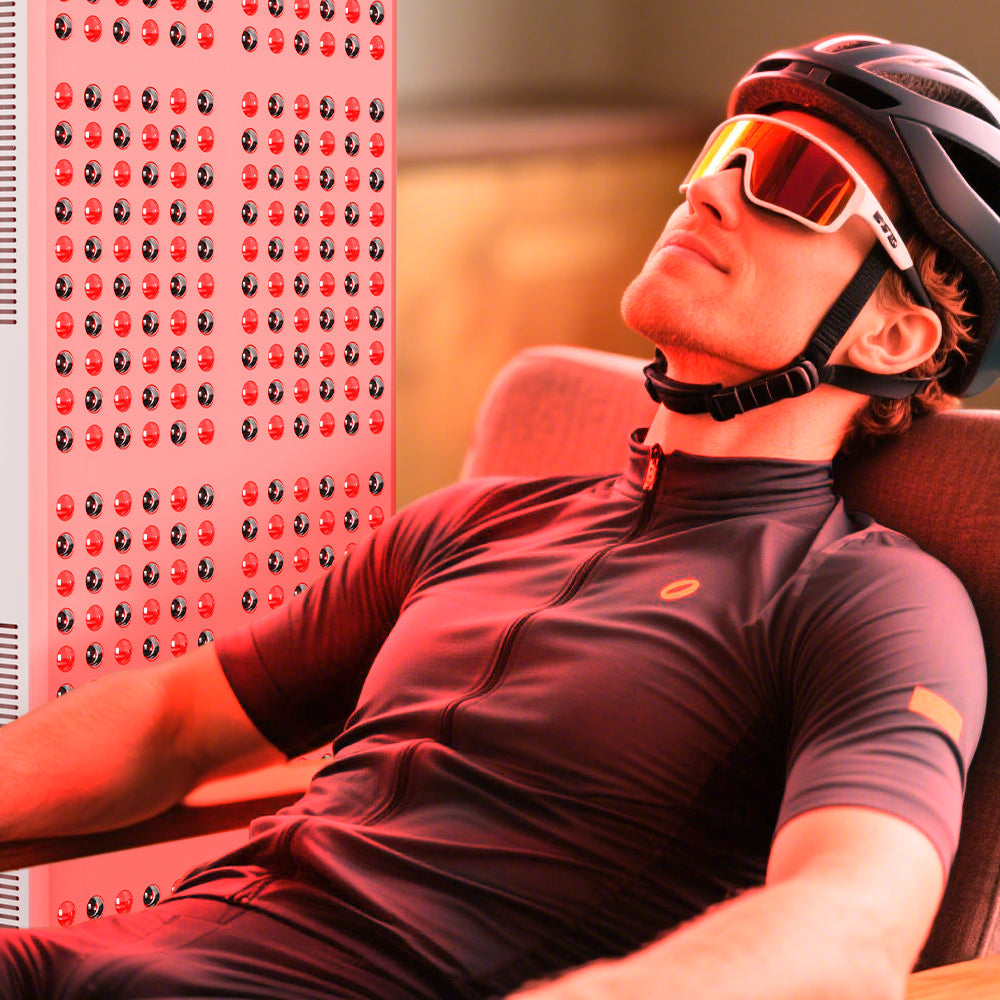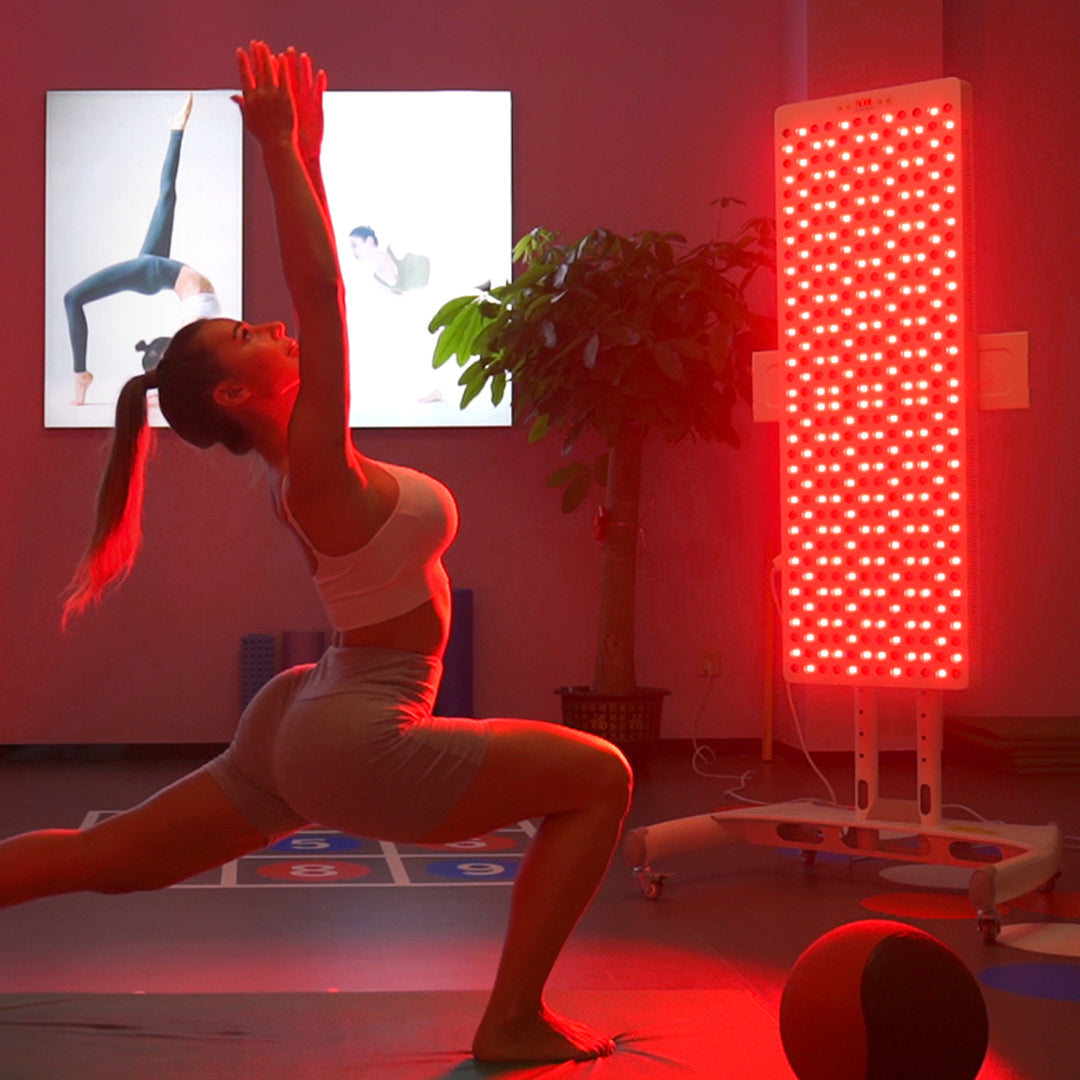Infrared vs. Ultraviolet Therapy Lamps: Key Differences and Best Uses
Light therapy has gained popularity in recent years for its potential health benefits, particularly in pain relief, skin treatment, and mood enhancement. Two common types of therapeutic light are infrared (IR) and ultraviolet (UV). While both use light waves to promote healing, they operate differently and serve distinct purposes.
In this blog post, we’ll explore the differences between infrared and ultraviolet therapy lamps and discuss which conditions they best address.
1. Infrared Therapy Lamps
What Is Infrared Light?
Infrared light is a type of electromagnetic radiation with wavelengths longer than visible light but shorter than microwaves. It is invisible to the human eye but can be felt as heat.
How Does It Work?
Infrared lamps penetrate deep into tissues, increasing blood circulation, reducing inflammation, and promoting muscle relaxation. Unlike UV light, it does not affect the skin’s surface but instead heats the underlying muscles and joints.
Best Uses for Infrared Therapy
✅ Muscle and Joint Pain Relief – Helps with arthritis, back pain, and muscle soreness.
✅ Improved Circulation – Encourages blood flow, aiding in recovery.
✅ Wound Healing – May accelerate tissue repair.
✅ Relaxation and Stress Reduction – The gentle heat promotes relaxation.
Safety Considerations
Infrared therapy is generally safe but should be used in moderation. Avoid prolonged exposure to prevent burns.
2. Ultraviolet Therapy Lamps
What Is Ultraviolet Light?
Ultraviolet light has shorter wavelengths than visible light and is divided into three types:
-
UVA (long-wave)
-
UVB (medium-wave)
-
UVC (short-wave, mostly blocked by the ozone layer)
Therapeutic UV lamps typically use UVB for medical treatments.
How Does It Work?
UV therapy works by affecting skin cells and immune responses. It is commonly used to treat skin conditions by slowing excessive cell growth (as in psoriasis) or stimulating vitamin D production.
Best Uses for Ultraviolet Therapy
✅ Psoriasis & Eczema – UVB light reduces inflammation and scaling.
✅ Vitiligo – Helps repigment skin in some cases.
✅ Acne Treatment – Certain UV wavelengths can kill acne-causing bacteria.
✅ Vitamin D Deficiency – UVB exposure stimulates natural vitamin D synthesis.
Safety Considerations
UV therapy carries risks, including:
⚠ Skin Aging & Damage – Overexposure can lead to wrinkles and sunburn.
⚠ Increased Skin Cancer Risk – Long-term use may elevate cancer risk.
Always follow medical guidance and use protective eyewear.
Key Differences Between Infrared and UV Therapy
| Feature | Infrared Therapy | Ultraviolet Therapy |
|---|---|---|
| Wavelength | Long (700 nm - 1 mm) | Short (100 - 400 nm) |
| Penetration | Deep into muscles & joints | Surface skin layers |
| Primary Use | Pain relief, relaxation | Skin conditions, vitamin D |
| Heat Sensation | Warm, soothing | No heat (can cause sunburn) |
| Risks | Minimal (burn risk if overused) | Skin damage, cancer risk |
Which One Should You Choose?
-
For muscle/joint pain, relaxation, or circulation → Infrared lamp
-
For psoriasis, eczema, or vitamin D deficiency → UVB lamp (under medical supervision)
Both therapies can be beneficial when used correctly. Always consult a healthcare provider before starting light therapy, especially if you have sensitive skin or underlying health conditions.
Have you tried infrared or UV therapy? Share your experiences in the comments!
#LightTherapy #Infrared #Ultraviolet #PainRelief #SkinHealth #Wellness




Leave a comment
This site is protected by hCaptcha and the hCaptcha Privacy Policy and Terms of Service apply.